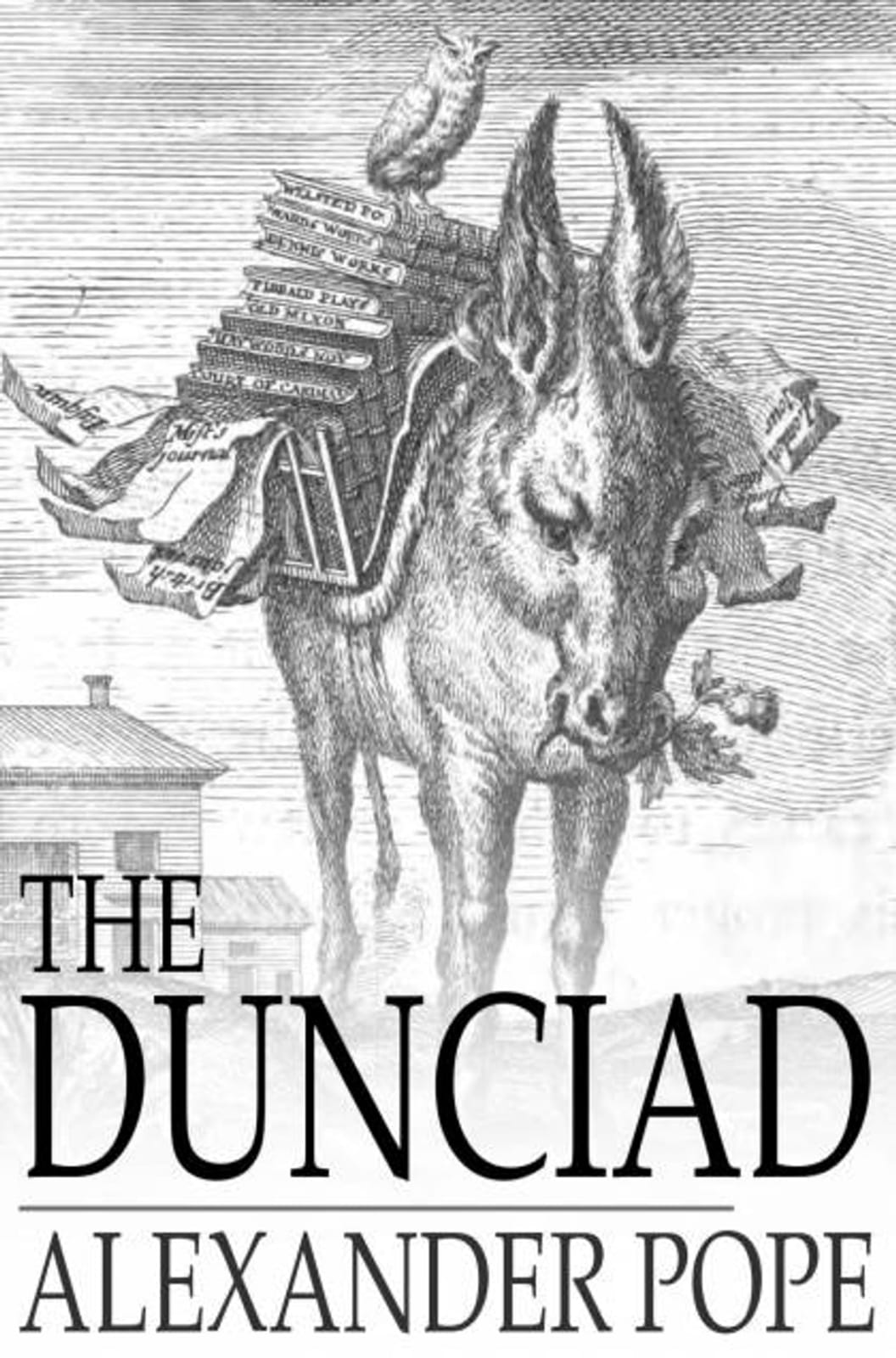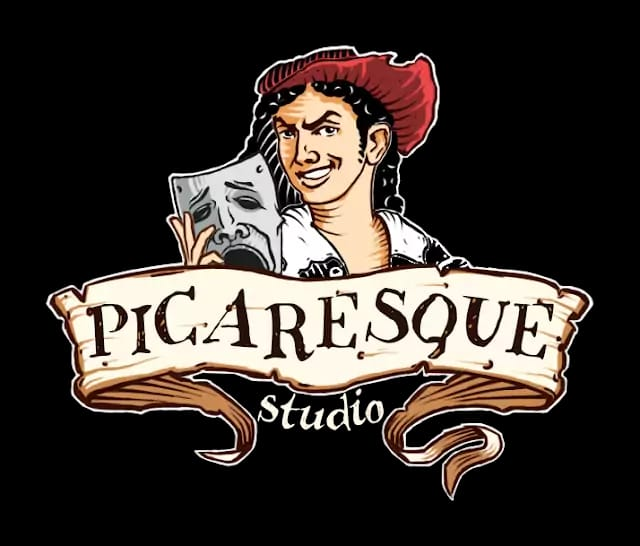This period is called the Neoclassical age. its implications are clear, social conventions are more important than individual conventions.
# Neoclassical age has three shorter ages-
The Restoration period (1660-1700)
The Augustan Age (1702-1745)
The age of Johnson.
.
This age is also called the age of reason or classical age to mean the artificiality of the writers of this age.
Neoclassical literature was written between 1660 and 1798. Writers of the neoclassical period tried to imitate the style of the Romans and Greek. Thus the combination of the terms 'Neo' which means 'New' and 'classical', as in the day of the Roman and Greek classics. The neoclassical period ended in 1798 when Wordsworth published the Romantic ''Lyrical Ballads''.
1. Write on 18th Century Women Poets.
Female writers of the Eighteenth Century often focused on the role of the female imagination in novel writing, poetry composition, and as an outlet for temporarily escaping a harsh world. In Maria, or The Wrongs of Woman, Mary Wollstonecraft focused mostly on the latter notion, the ability of a woman to employ her imagination in transcending the physical prison of an insane asylum, as well as the metaphorical prisons of a tyrannical marriage and an oppressive world. Meanwhile, Anna Letitia Barbauld emphasized the artwork which the female imagination can fashion in her poem “Washing-Day;” however, she additionally hints at the dangerous male scientific imagination behind the invention of hot air balloons. Finally, in Frankenstein, Mary Shelley draws a striking contrast between feminine uses of the imagination and the ruthless aims of a male-dominated scientific imagination. Although Wollstonecraft presents imagination as the only outlet and sole alternative for women trapped in their homes, she champions feminine uses of imagination over male employments of the mind; Barbauld and Shelley expand on the uses of female imagination, displaying the artful creations of the feminine mind and simultaneously condemning male forms of imagination, especially in the realms of science and technology.
In Wollstonecraft’s novel, Maria initially finds solace in reading while imprisoned in an insane asylum. Maria’s dependence on the occupation of reading reflects the plight of many domesticated women who relied on reading to engage their imaginations and transport them away from the realities of otherwise boring lives. As for Maria, “the books she had obtained, were soon devoured, by one who had no other resource to escape from sorrow” (Wollstonecraft 14). In this instance, Wollstonecraft highlights the feminine dilemma of immobility and even captivity, sometimes within their own households. In Maria’s case, Wollstonecraft narrates the story of a woman placed into captivity by a tyrannical husband, an occurrence which proved far too common for women living in the Eighteenth Century.
Overall, Wollstonecraft, Barbauld, and Shelley all encourage females to engage their imaginations. While Wollstonecraft views imagination as the only alternative for women whose minds have no place in the world next to men’s own minds, she nevertheless acknowledges the power of the female imagination to transcend the horrors of reality. Barbauld takes Wollstonecraft’s thoughts a step further in appreciating female imagination in the literary field, while simultaneously mocking male pretentiousness in both literary and scientific endeavors. Finally, Shelley, perhaps more daringly than the other two female artists, outright condemns scientists who seek to unnaturally and arrogantly achieve far too ambitious goals without considering the consequences. In particular, Shelley dislikes the lack of female involvement in the field of science and the attempt of male scientists to usurp the powers of the feminine body when they barely allow females a mind. Through their respective works, all three writers destroy the male’s sense of ego, upholding instead the powers of the female mind. Overall, all three seem fascinated by feminine intelligence and imagination, and their thought-provoking works of art prove that females have much to offer the world, especially in the fields of literature, politics, and science.
2. Write in brief about your favourite major/minor - writer/poet of the age.
Neo classical poetry is a style of poetry that was popular in the in the 18th century. It differs from other eras because it typically features formal language, traditional forms, and intellectual themes.
In this age many poets are give their works. Like Alexander pope, William Words Worth, Daniel Defoe,John Dryden,Thomas Grey,John Flaxman, Andre Chenier. But my favourite poet is Alexander pope.
Alexander Pope was an English poet, translator and satirist. He was born on 21 May 1688 in London.Pope is best in satirical and discursive poetry. Pope's very famous works are The rape of the lock (1712-14), The Dunciad (1728), an essay of criticism (1711), and his translation of Homer, The essay on man (1733-34).
Pope's religious faith, though he was never excessively devout as a Roman Catholic, closed to him all the careers, professional and political, in which a man of his keen intelligence might have been expected to succeed. He was thus forced into the pursuit of letters as his only road to fame. From his earliest youth, we find him passionately desirous of making his name as an author.
The complexity of his character is reflected in the contradictory estimates of his biographers. One sees him as " a good and exceedingly lovable man, " and others as the personification of all that is mean, spiteful, and aggressive. His character seems to be a mass of contradictions, and his deliberate misrepresentation and concealment of facts about his life, and parentage, and his editing of his published letters have done nothing to help in the elucidation of the truth. It seems certain that his character was gravely affected by his physical weakness, and the mental agony occasioned by the taunts and sneers of his enemies. To this may be attributed much of his sensitiveness to insult, and his virulence in making and replying to attacks. His life was a series of skirmishes with rivals for poetic fame, many of whom, though beneath his contempt, he treated with coarseness and violence which, though typical of their age, are none the less objectionable. He combined a sensitiveness to criticism and pride in his own.
3. Tom Jones/ Moll Flanders as picaresque novels.
The Picaresque Novel is a tale of adventures or misadventures of a Picaro which means a ‘rogue’ or ‘knave’. It originated in Spain in the sixteenth century as a reaction against the romance of chivalry. Lazarillo De Tormes and Guzman de Alfarache are the earliest the Spanish picaresque novels.
The novel Tom Jones was written by Henry Fielding. He was born in sharpham U.K. He was an English novelist, irony writer and dramatist.
Henry Fielding’s Tom Jones is a picaresque novel. The second part of ‘Tom Jones’ is purely picaresque. Tom Jones is fashioned on the model of the Spanish picaresque novels and of Gil Blas of Le Sage, a French novelist. Its structure depends on the nature of the genre. The hero is a foundling. He is thrown out of the house by his patron, Mr Allworthy on the instigation of Blifil, the villain. The novel after this becomes purely picaresque. Tom Jones goes on moving from place to place meeting all sorts of people. His life is just a series of adventures. At the end he reaches London. The plot starts unfolding. Complications are resolved. The novel ends with the marriage of Tom with Sophia
The picaresque character of the novel is amply reflected after Tom’s expulsion from Allworthy’s house. He goes to Bristol. He meets the soldiers on way to Bristol. He accompanies them in order to become a soldier himself. Tom’s adventures begin. Tom meets Partridge. He treats Tom kindly. Tom and Partridge become companions. Tom goes to Meazart Hill. He rescues a woman from the hands of a ruffian: helps Mrs Waters and takes her with him to the town. Tom’s life with Mrs Waters at the in becomes scandalous. Sophia and Mrs Honour arrive at the inn. Partridge makes some scandalous utterances to Mrs Honour about Tom and Mrs Waters. Susan confirms it.
Sophia meets Harriet. She accompanies her to London. Tom Jones continues his chase for Sophia. On the way, he decides to join the military services. His companion, Partridge opposes his resolution. They meet a lame beggar on way. Tom buys a diary from him. To his utter surprise, he discovers that the diary belongs to Sophia. The diary contained a bank note. Tom continues his journey further. In the way, he stays in a number of lodgings and inns. Tom meets a robber who threatens him. Tom gives him a good thrashing. The robber apologizes. Tom gives on two guineas on his request.
Tom arrives in London. Tom and Partridge stay at Mrs. Miller’s lodgings where they win the confidence of the landlady and the friendship of Mr. Nightingale. Tom is entrapped by Lady Bellaston, a flirt, and a man hunter. Tom is tired of lady Bellaston. He wants to get rid of her. He seeks the help of Mr. Nightingale. Lady Bellaston decides to get rid of Sophia. She arranges a secret meeting between Sophia and Lord Fellanmor in order to get Sophia seduced by him because she thought that Sophia would then naturally like to marry the man who had seduced her. Sophia’s father arrives accidentally and consequently, her honor is saved.
Tom Jones pays a visit to Mrs. Fitzpatrick to know about Sophia’s lodgings. Mr. Fitzpatrick arrives. He does not recollect the face of Tom Jones. There is some sort of misunderstanding. They draw swords. A number of persons intervene. Tom Jones is delivered to the civil magistrate who orders him to be carried to a public house.














Good presentation of your understanding. Keep improving!
ReplyDeleteThank you Ma'am
Delete